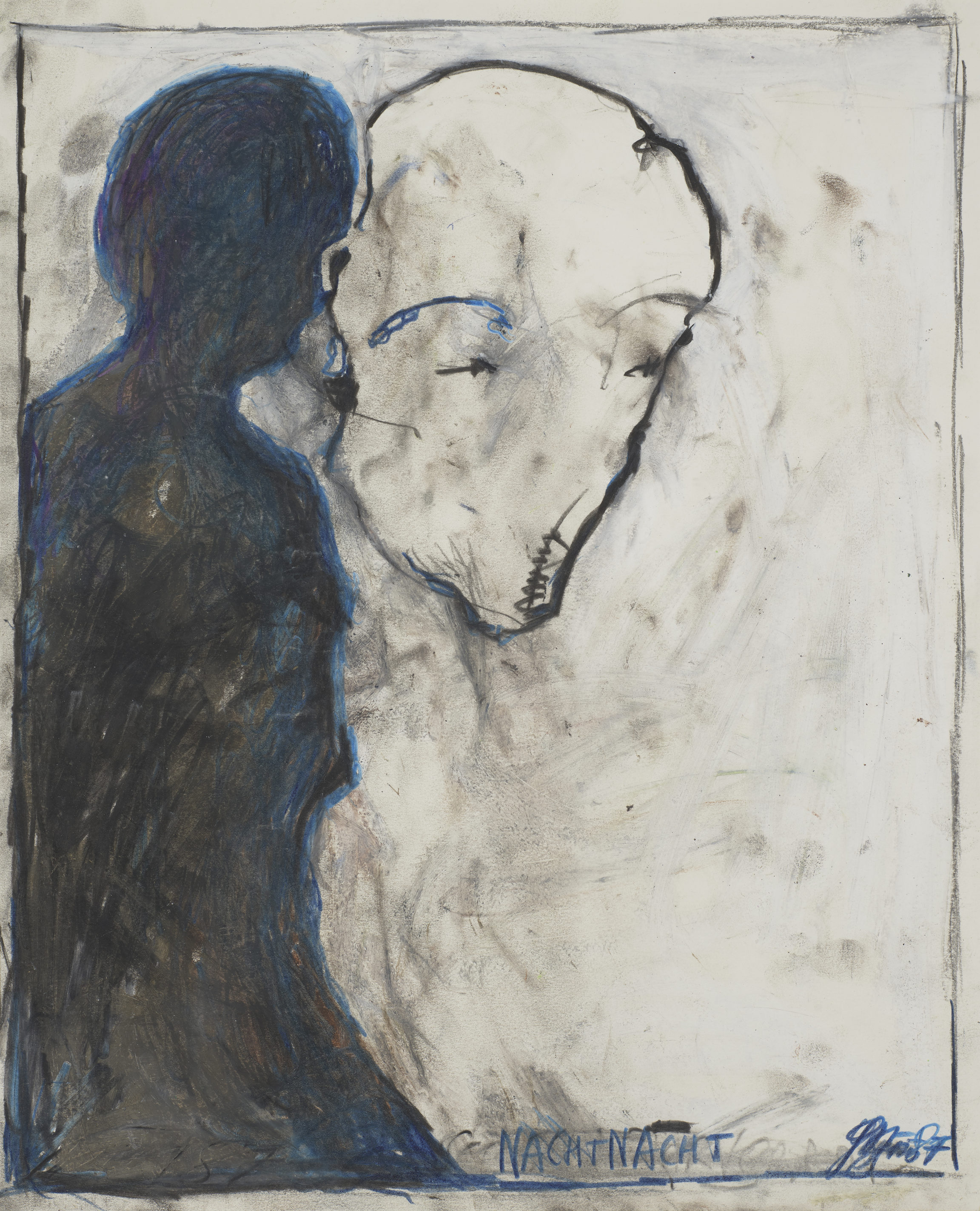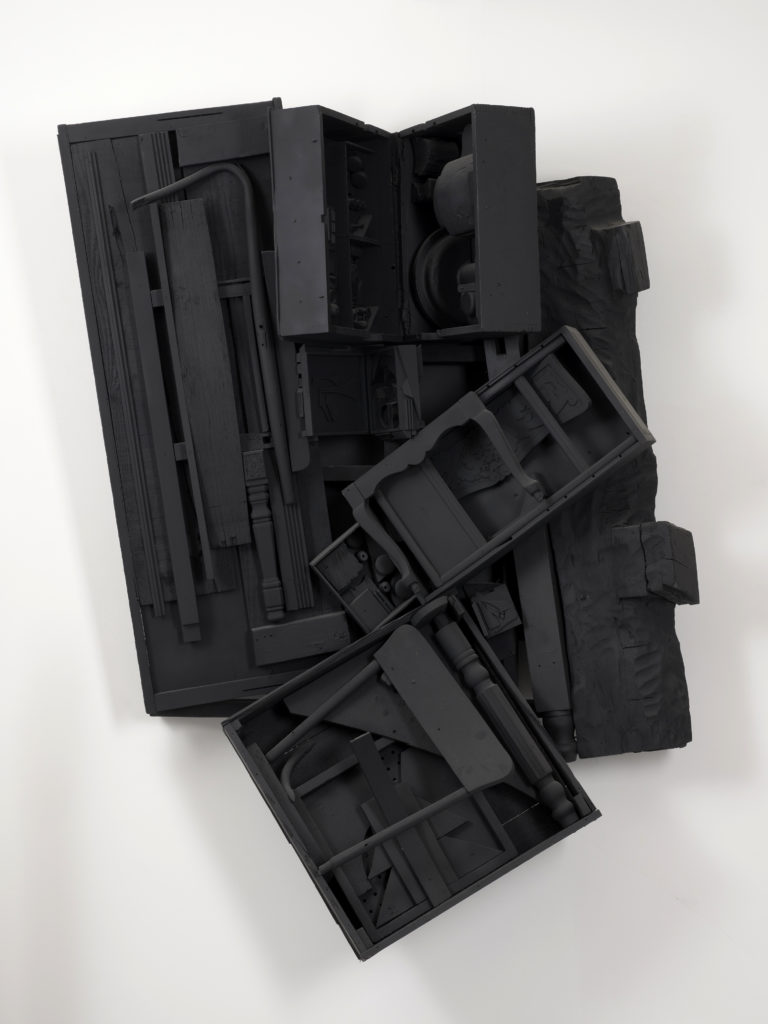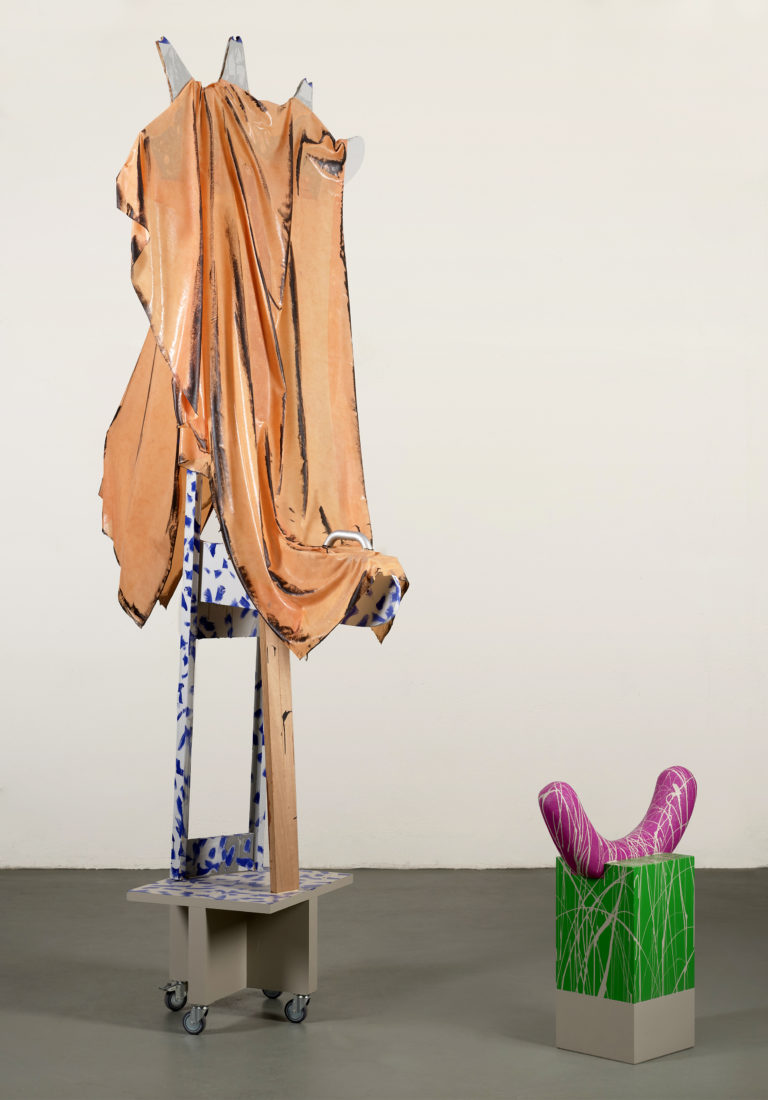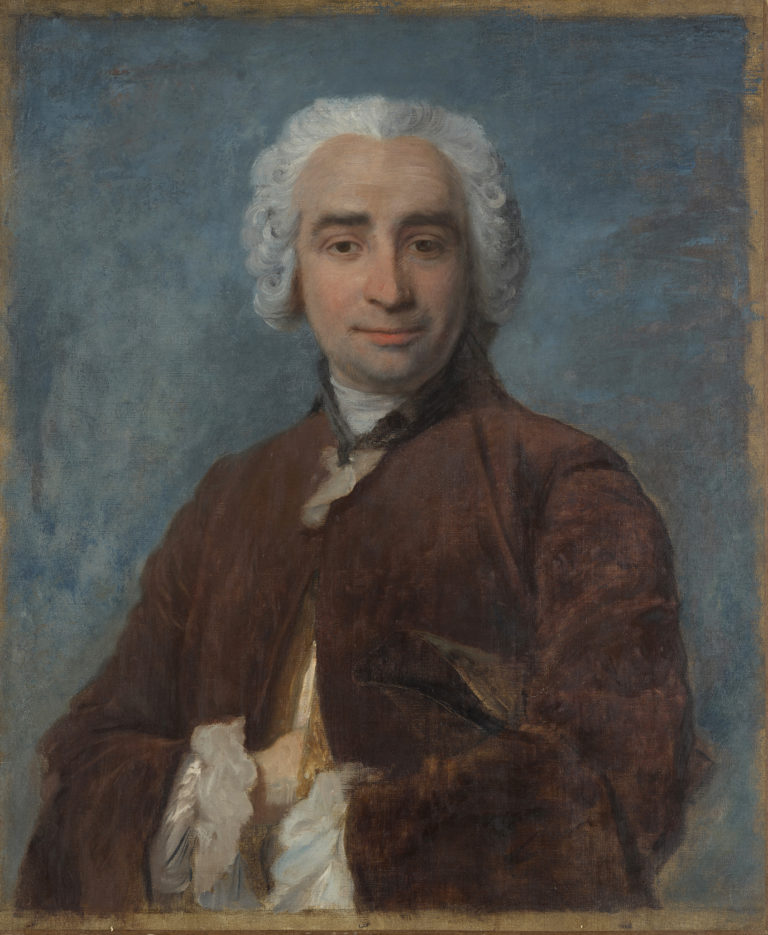Bibliography
Danièle Roussel, L’Actionnisme viennois et les autrichiens, Dijon, Les presses du réel, 2008 (coll. Bibliothèque art action pensée): 22-29.
Ralf Beil (ed.), Le Monde selon François Dubois, peintre de la Saint-Barthélémy, Les Cahiers du Musée des Beaux-Arts de Lausanne n. 13, 2003: n. 46.
Erika Billeter (ed.), Chefs-d’œuvre du Musée cantonal des Beaux-Arts, Lausanne. Regards sur 150 tableaux, Lausanne, Musée cantonal des Beaux-Arts, 1989: 280.




Günter Brus is a representative of Viennese actionism, alongside artists such as Otto Muehl and Hermann Nitsch. This movement, which developed in the 1960s, was characterised by the violence of the actions performed by its protagonists in reaction to the conservatism of Austrian society. Like the Austrian expressionists Oskar Kokoschka and Egon Schiele before them, the actionists sought to liberate human beings of their taboos, such as sexuality, and to reveal the drives whose repression, they argued, had led to fascism.
Brus put on performances in which his own body was tormented. The images of Jackson Pollock’s intense involvement in the creative process, standing over his canvas with his brush in one hand and a pot of paint in the other, inspired him to want to recreate the same tension in his own pictorial practice, but by limiting his expressive resources to his own body: if art is energy, then it can be reduced to an action. Initially a support for painting, Brus’s body was later exhibited naked, mutilated, or spattered with its secretions, in performances denouncing societal norms by the disgust that they provoke.
Brus went back to drawing in the early 1980s. This work refers to the censorship suffered by the Viennese actionists, who were regularly arrested by the police. The artist, identified by his profile and bare skull, shows himself with his mouth sealed, as if no longer allowed to express himself. His figure is preceded by a silhouette in the half-light, referring to the double ‘Nacht’ (night) of the title. The energetically drawn image shows emphatic and lively pencil strokes, while the wax crayon marks give it a somewhat gestural look, in a literal expression of the unhampered forces of the unconscious.